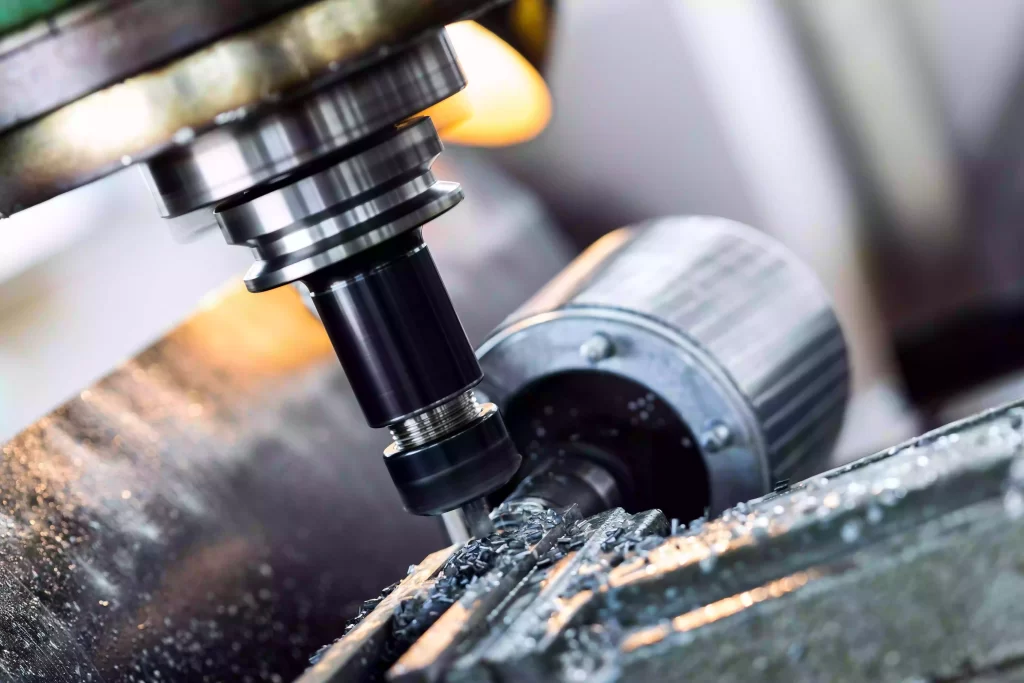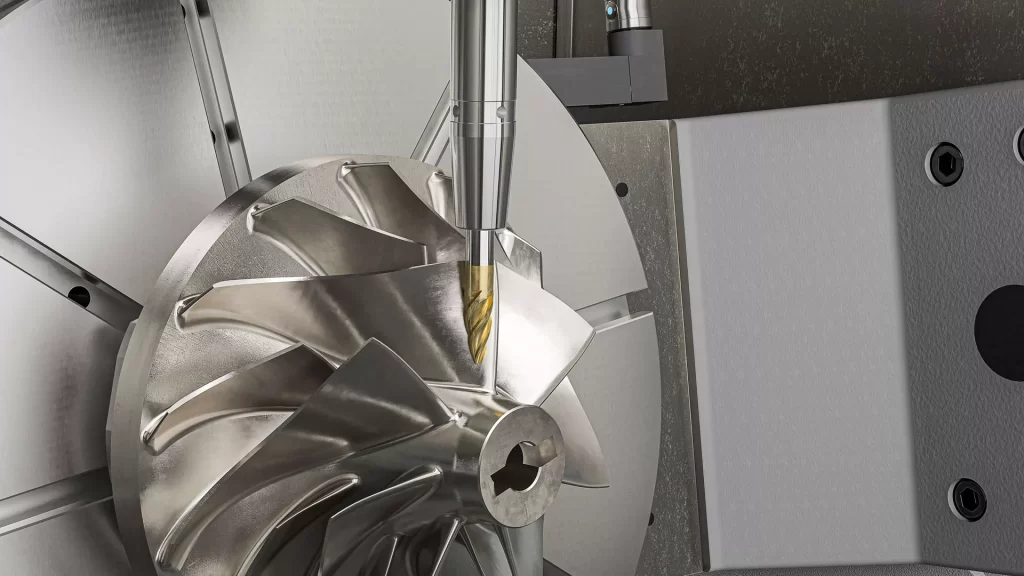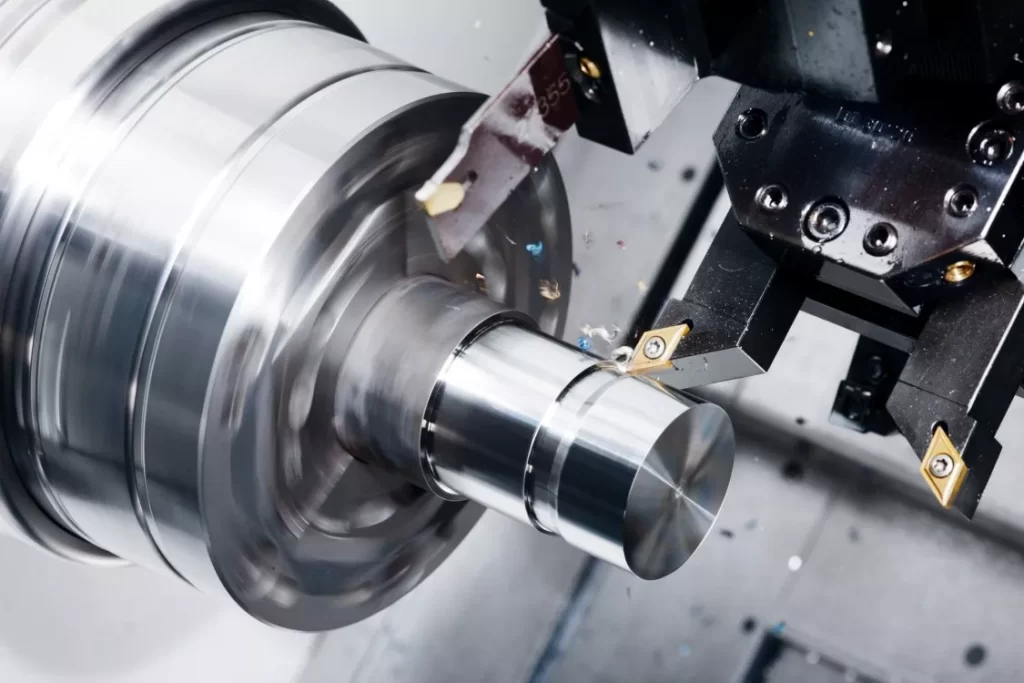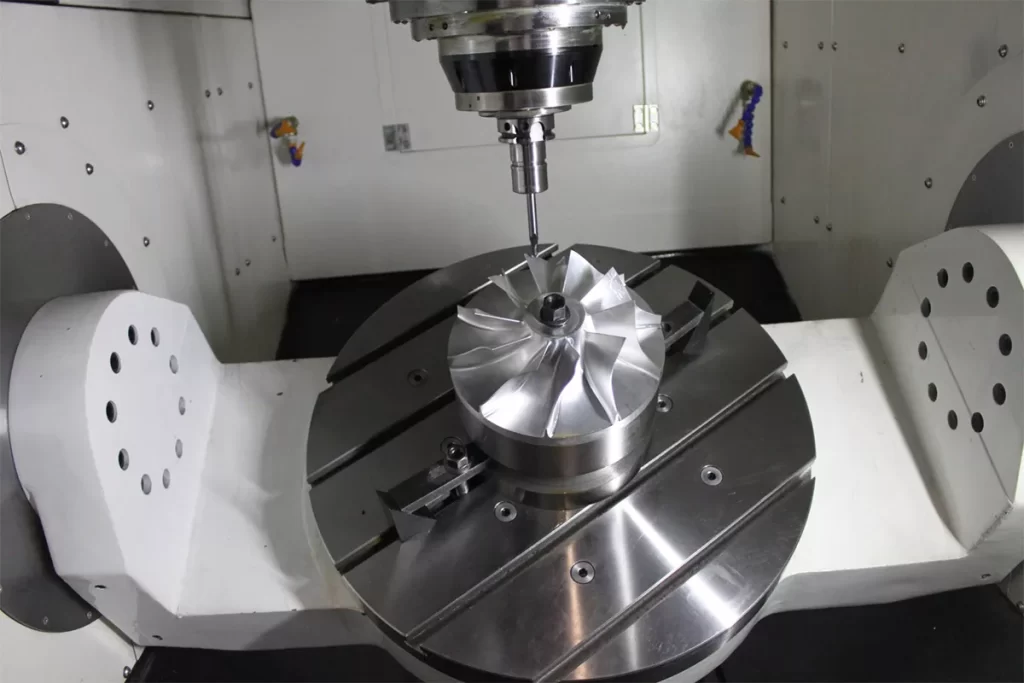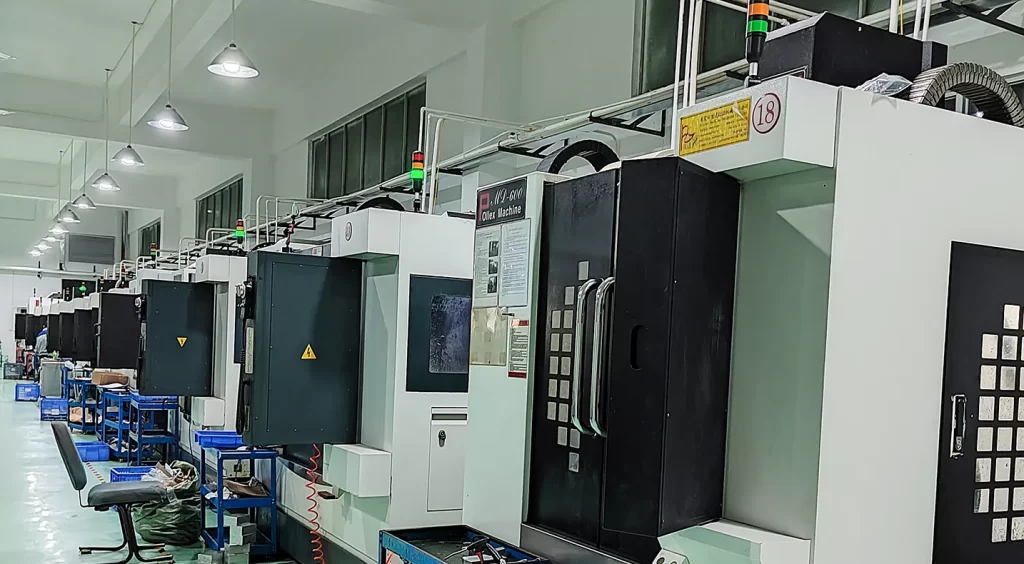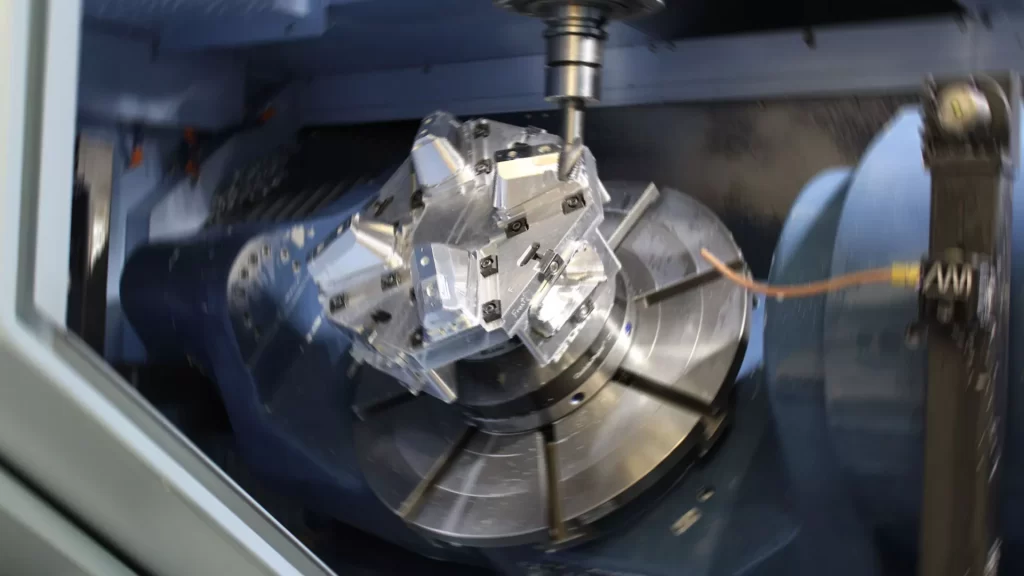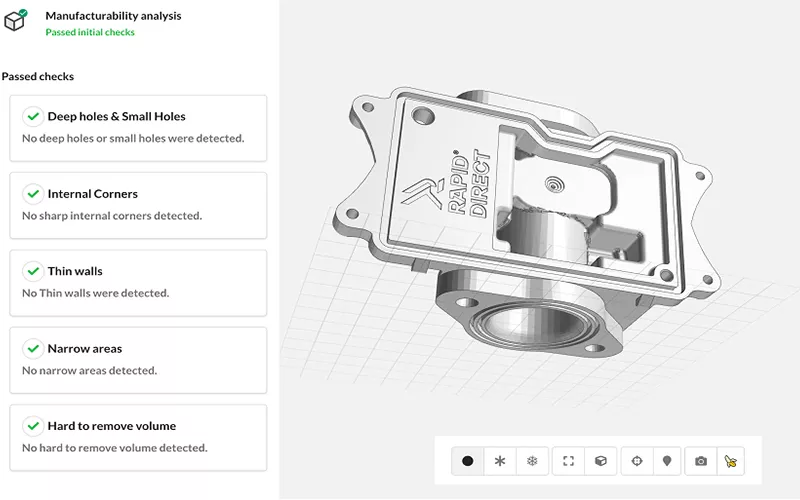One of the practices that save hours in manufacturing is CNC machining, which is short for Computer Numerical Control. The system allows computers to control the movements of other machines within a factory. Imagine you are in charge of all the machines in a factory, and you have to move them yourself. These are impossible tasks for an average person. A human wouldn’t survive a day moving machines to every place where they are needed. This is where CNC machining comes in.
They are important, but as important as CNC machining is, they cost much money to design. In this post, we will look at how to calculate the cost of these machines. Read some of the factors considered in the calculation. In the end, you will find tips on how to reduce costs.
CNC Machining and Work Productivity
CNC machining is needed not only because it increases productivity but also because it makes certain things possible. Humans can’t handle everything. Moreover, CNC machines speed up projects and reduce the number of humans a company needs to employ before certain operations can be handled. CNC handles things like shaping, cutting, sorting, arranging, and filling materials, therefore saving some production time. By avoiding human errors, it also speeds up projects and removes the costs of mistakes.
Calculating the cost of CNC Machining
Consider a few factors before you begin. Note that costs can vary if these materials or designs are not specified.
These factors should be defined when trying to create the budget for the cost of CNC machining.
1. Materials
Looking closely at machines, they are like refined, designed, reformed, combined, and maximized materials of different types. So, to begin designing any machine, the creator has to understand what is needed and the specific properties of each. This knowledge is to create cost-effective and functional machines and calculate the cost of machining.
Particularly, an alternative material with similar properties can be selected if the cost of one important material exceeds expectations. For example, when you have to choose in terms of strength, it is okay to pick titanium instead of aluminum. However, titanium is expensive and will cost more to use.
Furthermore, the materials for a project will influence other extra costs. Some materials require special skills, tools, finishes, or added expenditures, such as sourcing before they can be used efficiently.
2. Types of design
In comparison, simple designs are faster to create than complex ones. Complex designs usually take longer and cost more. They often demand great expertise to execute, and they require more resources, time, finances, and materials.
3. The batch size of processed parts
A machine that can process large parts can be great for productivity. However, it will cost a lot more to design such machines.
4. Cost of additional services
Some services will be required in designing CNC machining. Such services include maintenance, transportation, and finishing. Where the choice of materials is sophisticated, the cost increases as special tools demand special skills, tools, maintenance, or sourcing.
5. Cost of human labor
Machines need engineers to operate them; these technicians are highly skilled and attract decent pay. Their salary should be factored into the cost of CNC machining.
6. Operating Time
The operating time of CNC machining is an important consideration because it affects other related costs. Think of the time it will take to set up the machine, operate it, or replace its parts when needed. These factors all affect the cost of machining generally.
Tips for reducing the cost of CNC machining
1. Reduce cost when you make accurate calculations.
It is the first step to saving some costs. It is important to involve people who understand CNC machining and have experience designing one. The accurate information they will provide can mean a lot of money and influence the quality of the machine. Making accurate calculations starts with knowing all the things you must consider.
2. Chose a simple design
Simple designs are great and cost less than complex ones. However, there are instances where a complex design is the perfect design for a company’s needs. In that case, the best thing to do is to hire an expert to simplify the design as much as possible before production.
3. Hire professionals or consult experts
The cost of consulting experts might look high when you try to consult them, but you will save on materials, maintenance, operating times, etc. For instance, if you have to simplify the project’s design, it must be done in a way that does not sacrifice the design’s quality or function. Experts are the best to handle that.
4. Collaborate with suppliers
The material costs more in most designs, but you can save money by collaborating with retailers on such materials.
5. Factor both cost and functionalities when choosing materials
Before you select any material, don’t look at the quality alone or the strength it offers. Ask if they are budget-friendly. If they are expensive, consider alternatives that have nearly similar properties.
6. Automation of process
Consider automation of repeated processes. Automation will save costs on hiring people who must attend to machines. Let humans handle other processes that cannot be automated. Automation will cost more because it requires expertise, but it will save you the cost of hiring additional labor (s). Since automation can extend the lifespan of the machine, it will save the cost of hiring additional labor from day one to the day the machine stops working.
7. Do multiple reviews
Before you finally decide on materials and designs, review the plan a couple of times. This step will prevent errors and can lead to finding areas where you can optimize for cost. You can show the plans to a few people (experts) to get their contributions.
Conclusion
Calculating the cost of CNC machining requires some level of expertise and skills. It starts with considering all the factors needed for the design. Materials are the most important factor in the creation and usually take most of the cost. They should be selected carefully to meet the required functionalities and fit the budget.
The working principle, types, and application of EDM(electro-discharge machining)
Manufacturing industries use different processes to create materials or products that we need from raw resources. Take copper, for instance. It is one of those metals used in producing wires, cables, and motor devices. How are some of these metals refined into other valuable metals or products? One of these processes is called EDM (electro-discharge machining). If you are new to that, it is an industrial process for refining metals, and this article will teach you all you need to know.
What is EDM?
EDM is the process of refining materials or pieces of metal through electrical means instead of the more traditional approach of using mechanical forces. The process is often used when the mechanical approach is not working or has the potential to fail. For instance, engineers will use EDM to get what they want if the normal machining does not produce the sharp corners of hollows from the CNC milling process.
Generally, EDMs are effective and faster, irrespective of the hardness of the metal. They are of different types and will work to produce accurate results more often. For instance, engineers can use EDM to create extremely tiny holes in hard metals. However, it has one common disadvantage of removing more materials if the approach isn’t handled carefully by an expert or well-designed system. They call it ‘wear’ of materials, so some process has to be in place to prevent the effects of wear.
EDM can remove layers from an object (often metal) with electrical energy. In the process, engineers can create the shapes they need from the main materials. Engineers can create and apply details and intricacies to their designs with this process. The process is applied in many areas, including creating machines like electronics, aerospace, medicine, semiconductors, etc.
Traditionally, engineers would have to heat metals to soften them and then reshape the softer version to the item they want to create. Usually, the metal will be brought back to room temperature and become hard again for use. This is a lot of work and often does not help in creating small, intricate, or accurate shapes. The solution is EDM because it uses electric energy and often doesn’t require melting metals to soften them.
The process can be complex for beginners, but let’s start with understanding the work principle.
EDM WORK PRINCIPLE
EDM works based on the principle of using a ‘spark’ to remove or erode metal materials. First, the metals to be fashioned with the EDM principle must be conductive of electricity. To begin the process, a spark is generated in the system, and when it hits the metal, it creates a hole. The hole is created because some metal parts are burnt and eroded off. Therefore, when engineers sometimes say the principle used what is called ‘spark erosion.’ Engineers then use newly shaped metal for other creations.
This process is better than using traditional cutting methods. But traditional cutting techniques are for many people because the training is often easier. EDM requires a designed workpiece and some skilled machinists to execute the process.
EDM Types
Electro-discharge machining has various types that share the similarity of using electrodes to create sparks during the process. Experienced engineers can pick one of its types to meet their needs accurately. If you’re new to the process, you can read each process to understand what will create the result you want.
1.Die sinking EDM
Engineers will pick die-sinking EDM to design or refine intricate cavities with machining. The process works on the principle of using sparks to erode some part of the metal so a refined and desired-shaped metal is formed. Die-sinking happens in a conductive workpiece. To begin, engineers will create a graphite electrode that must have the opposite shape of what they want to achieve with the main metal. While fashioning this electrode, the die needed will be fully covered inside a container filled with dielectric fluid. Now you understand why it is called ‘die-sinking.’ next, the die is moved towards the workpiece, and the closer it gets to the area called the ‘electric breakdown,’ the sooner you should expect a spark through the passage in the workpiece called ‘spark gap.’ spark and burning follow. Some material metal melts off, and the dielectric fluid will carry some of the particles with it. This process continues in sequence so that the metal gradually forms what the engineers need for their work.
Other types of Die-sinking EDM:
ZNC EDM Machine ( carried out on a lateral plane. It tends to be more effective in getting finer surface finishes).
CNC EDM Machines (are more accurate because they employ what is called Computer Numerical Control).
2. Wire-cut EDM
As the name implies, wire-cut EDM uses wires to carry out the EDM process. The wire is used in cutting the main metal until the right shape or form is achieved. They are special wires used as electrodes and fed constantly into the workpiece. The main metal is fashioned into the desired shape as the process continues. This method needs liquid and often uses ionized water. The wires are brass products because of their tensile strength.
Let’s say you want to cut a metal in the middle. First, you will drill a tiny hole in the middle of the metal or any object. Then, with the aid of a diamond guide and electro-discharge machining, the metal will be secured to the workpiece.
Overall, wire-cut EDM is usually more accurate, cost-effective, and versatile.
3. Small Hole EDM
If engineers need to drill holes quickly, they are likely to use small-hole EDM. It is exactly what its name implies—small-hole EDM. During the process, electrodes are applied to tubular holes so that the dielectric fluid will flow freely. This method is extremely effective for creating small and deep holes. The hardness of the metals is not a constraint during small-hole EDM.
Conclusion
EDMs are effective methods of shaping metals into different forms for various purposes. There are different types of EDM, each with its own advantages. The Small-hole EDM is best for cheating small holes in metals, even when the metals are relatively hard.
